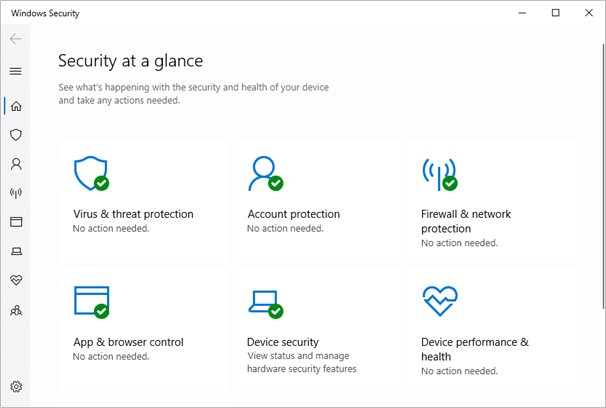

The only requirement to manage your Windows Firewall with Intune is that your device runs Windows 10 and that it’s enrolled into Intune. Windows Defender Firewall Intune Requirements In this article, we’ll describe each step needed to manage the Windows Defender firewall using Intune. The key is to create a configuration profile to target your Windows 10 devices. The Microsoft Intune interface makes this configuration pretty easy to do. This can be useful to make sure that every device has the Windows Firewall enabled and that you’re controlling the inbound and outbound connections. To find out information about an actual threat on a client, runĪlthough there is a Remove-MProtThreat cmdlet, it doesn’t seem to recognize the active threat, as i received the following message when executing it.If you’re managing your device using Microsoft Intune, you may want to control your Windows Defender Firewall policy. Get-MProtPreference Find information about actual threat

Get-MpComputerStatus Defender / SCEP SettingsĬonfiguration settings can be gathered using When using the CustomScan option an the path must be provied using the -Scanpath parameter Computer Protection StatusĬomputer protection status information is retrieved with the following command Available Scantypes are QuickScan, FullScan and CustomScan) To start a scan use the following command. Update-MProtSignature -UpdateSource MicrosoftUpdateServer Starting a Scan So what can we do here? Update definitionsĪntivirus and Spyware definitions can be updates as following:

You will notice that the cmdlet names are quite similar, the only difference is that the cmdlets for SCEP have “Prot” within the name. Import-Module “$env:ProgramFiles\Microsoft Security Client\MpProvider” If no cmdlets are returned try first loading the module using the following command Get-command -Module defender System Center Endpoint Protectionįor a list of all available SCEP cmdlets, run the following command within a powershell console. To get a list of all available Defender cmdlets just run the following command within a powershell console If you have a default insallation of Windows 8 and have defender enabled or work in an enterprise environment and use Configuration Manager with the System Center Endpoint Security agent deployed on your clients then you the below listed cmdlets available. I just read a blog post from Ed Wilson (Scripting Guy) about Use PowerShell to Configure Windows Defender Preferences and wondered if there’s more here.


 0 kommentar(er)
0 kommentar(er)
